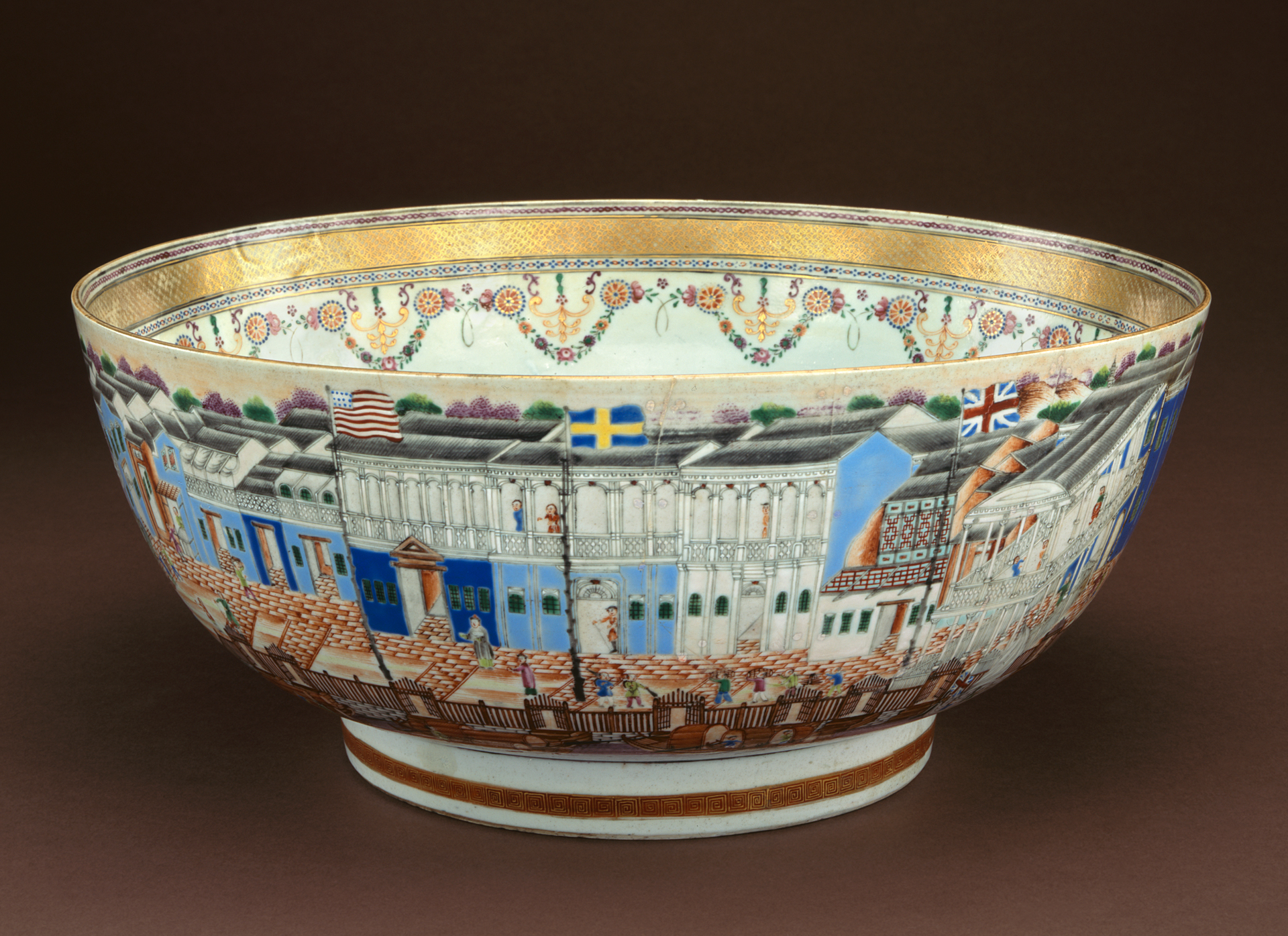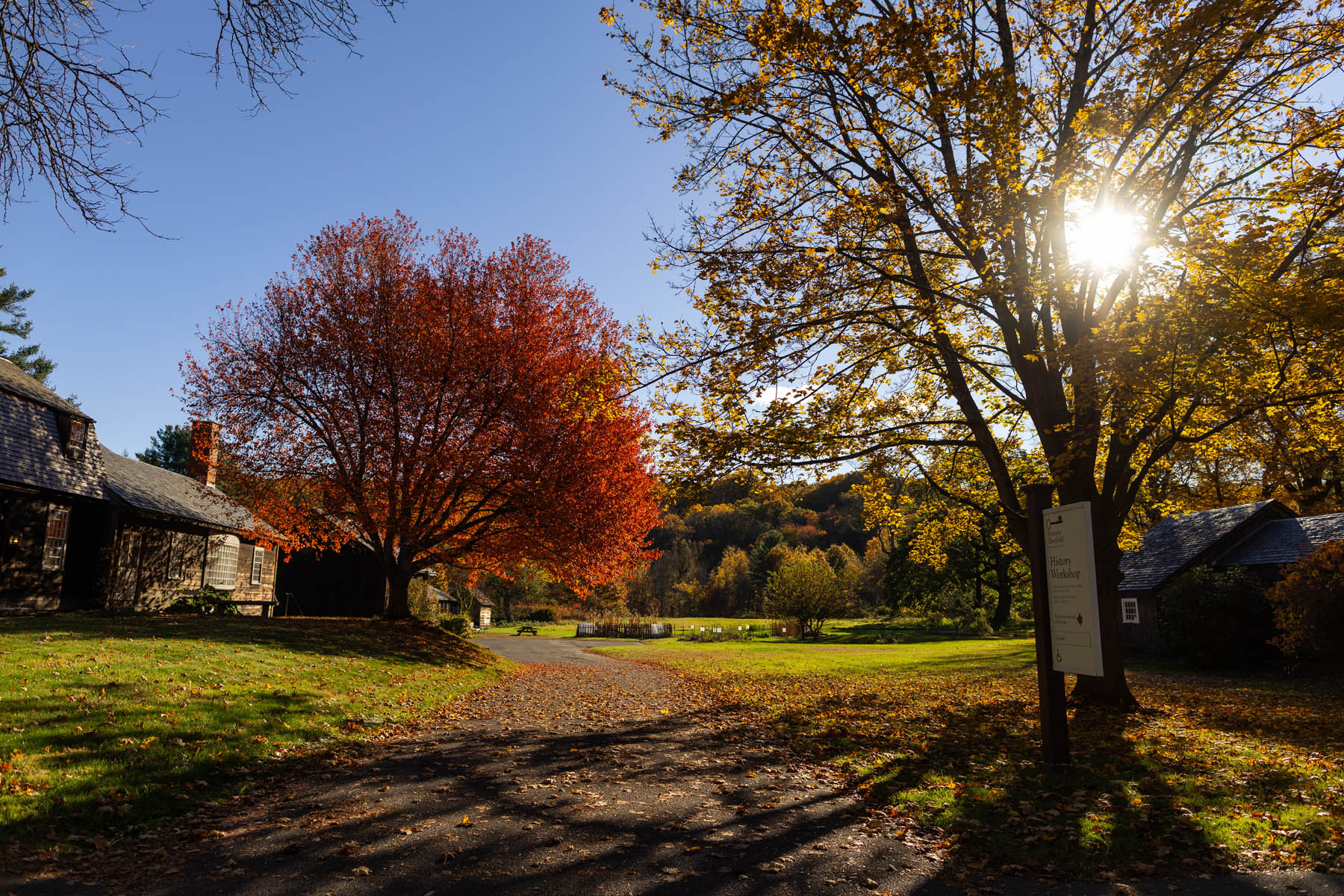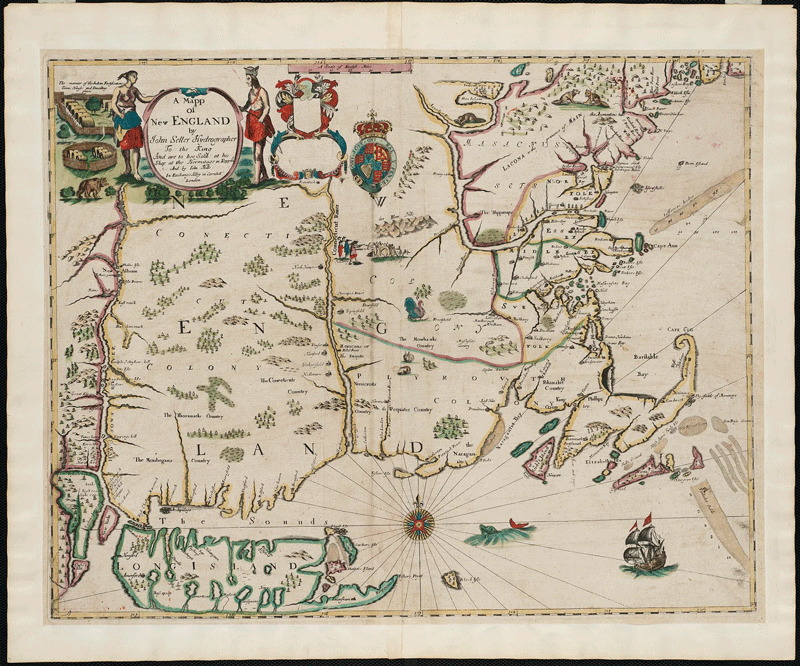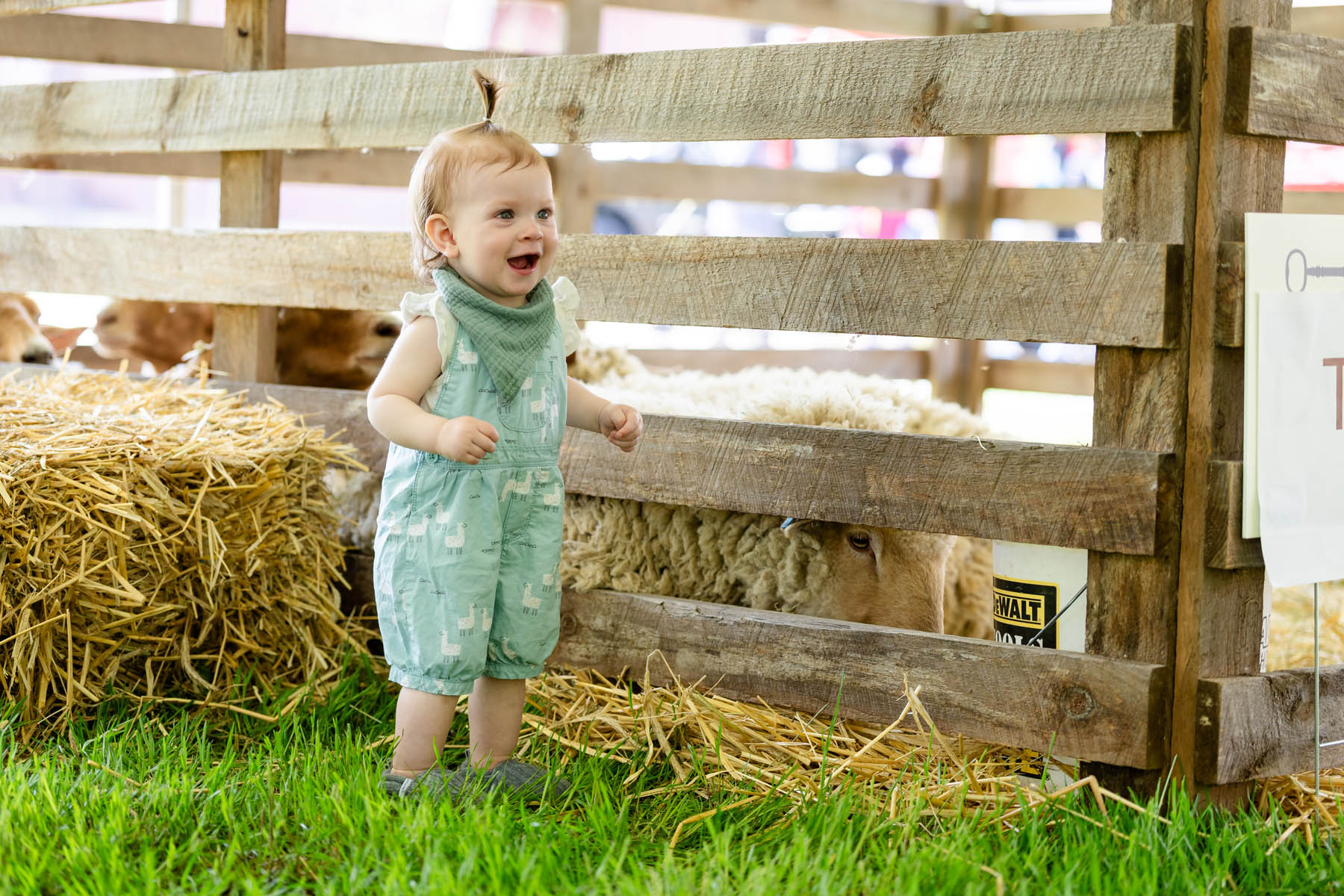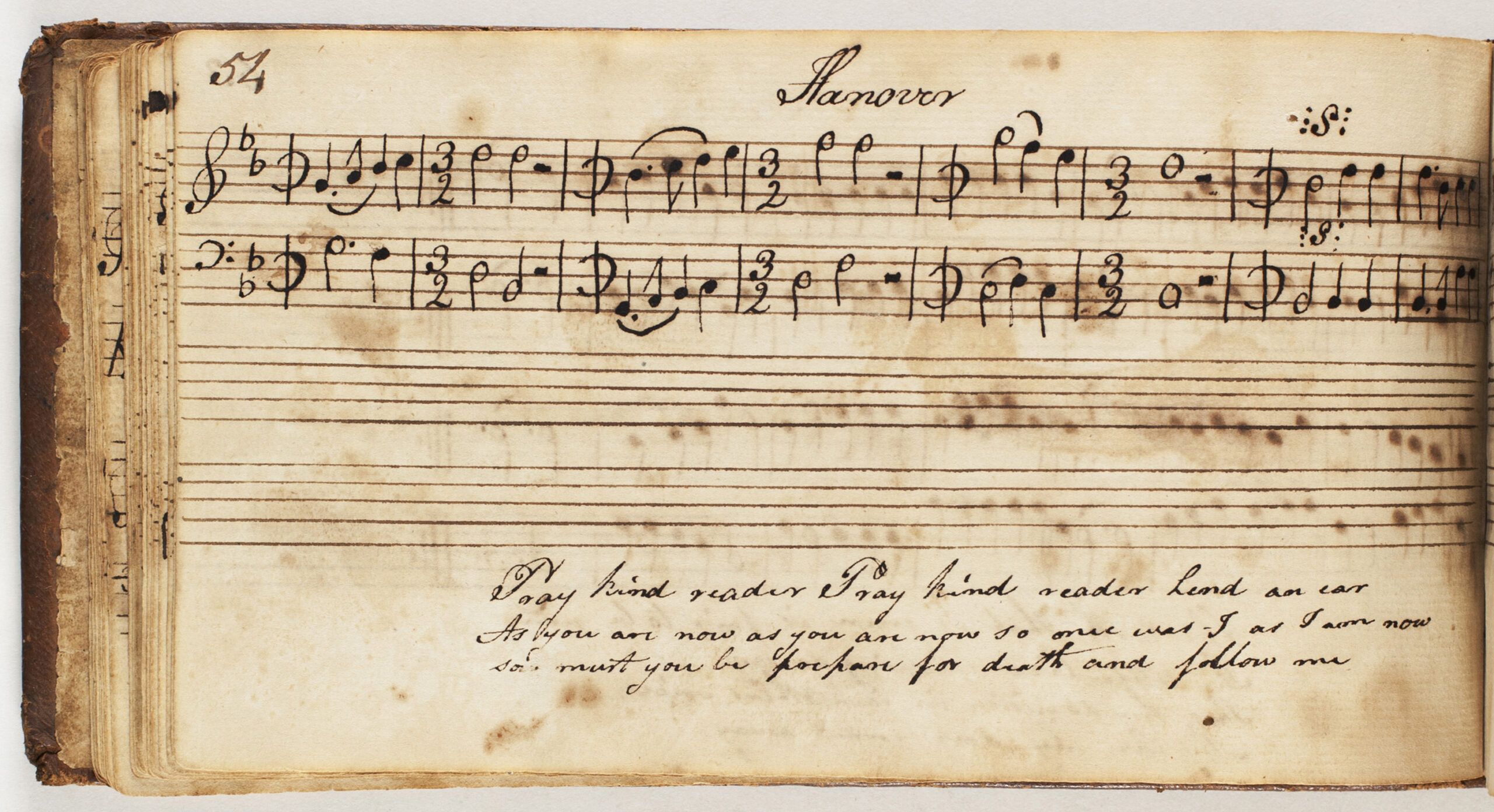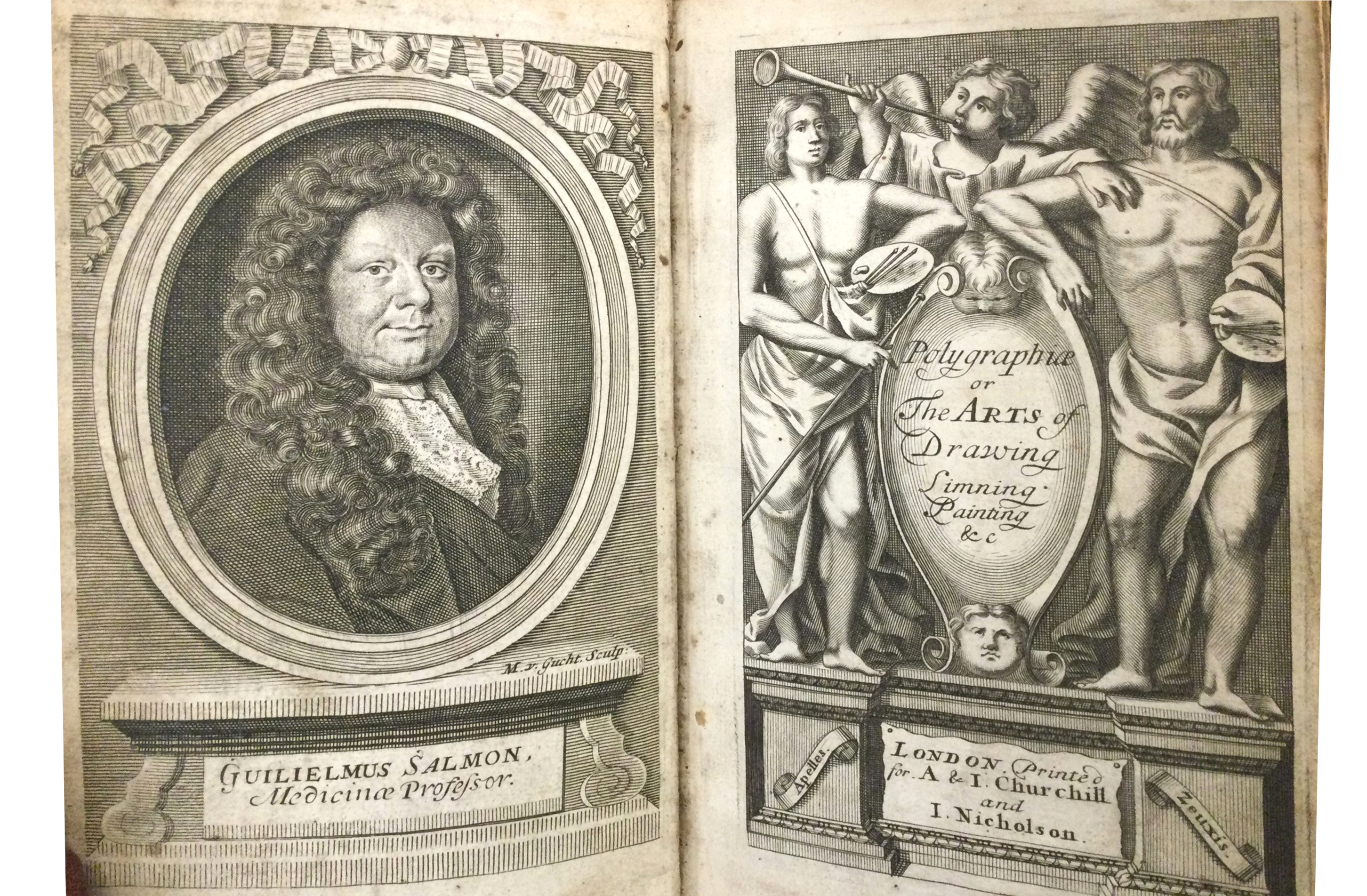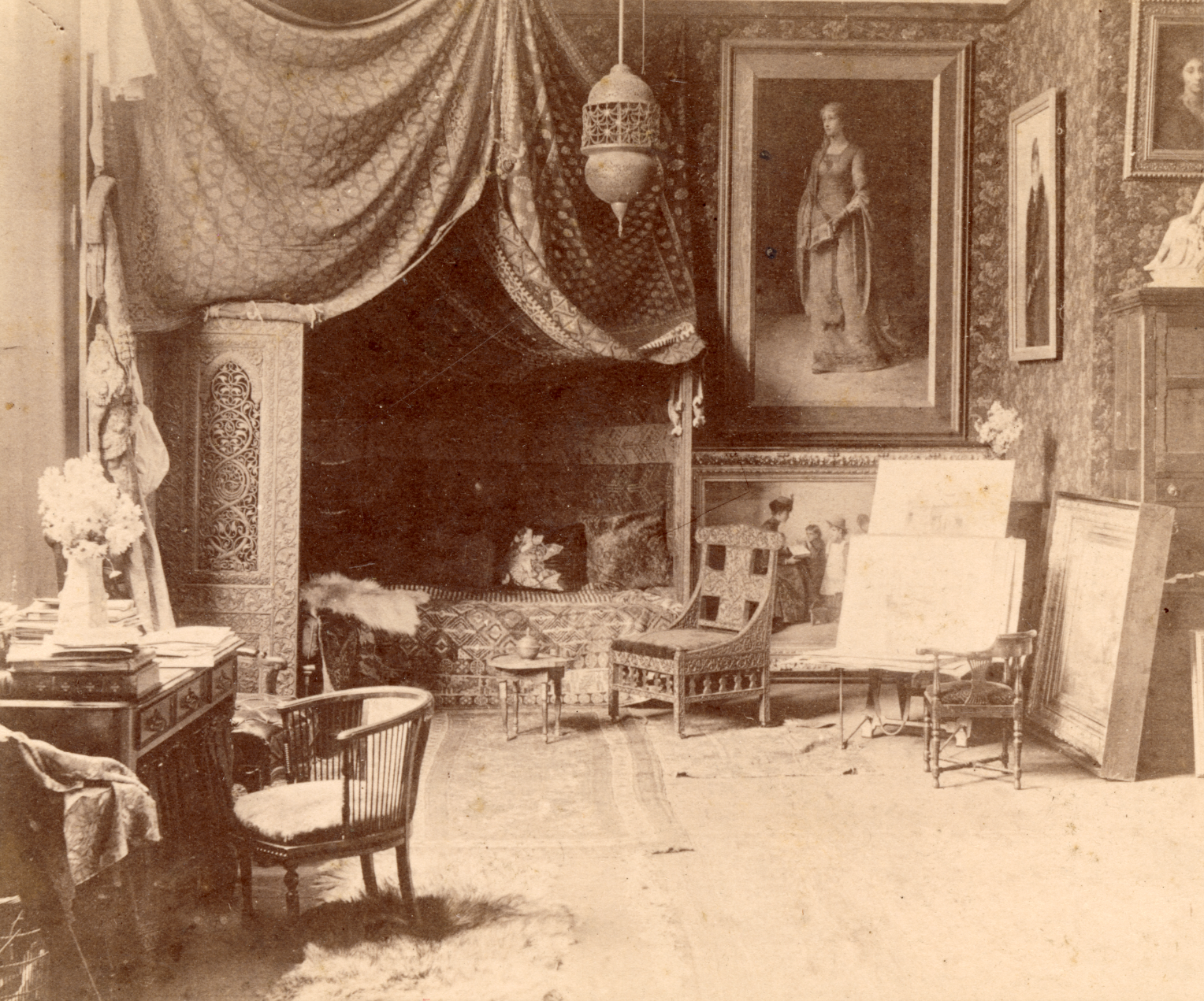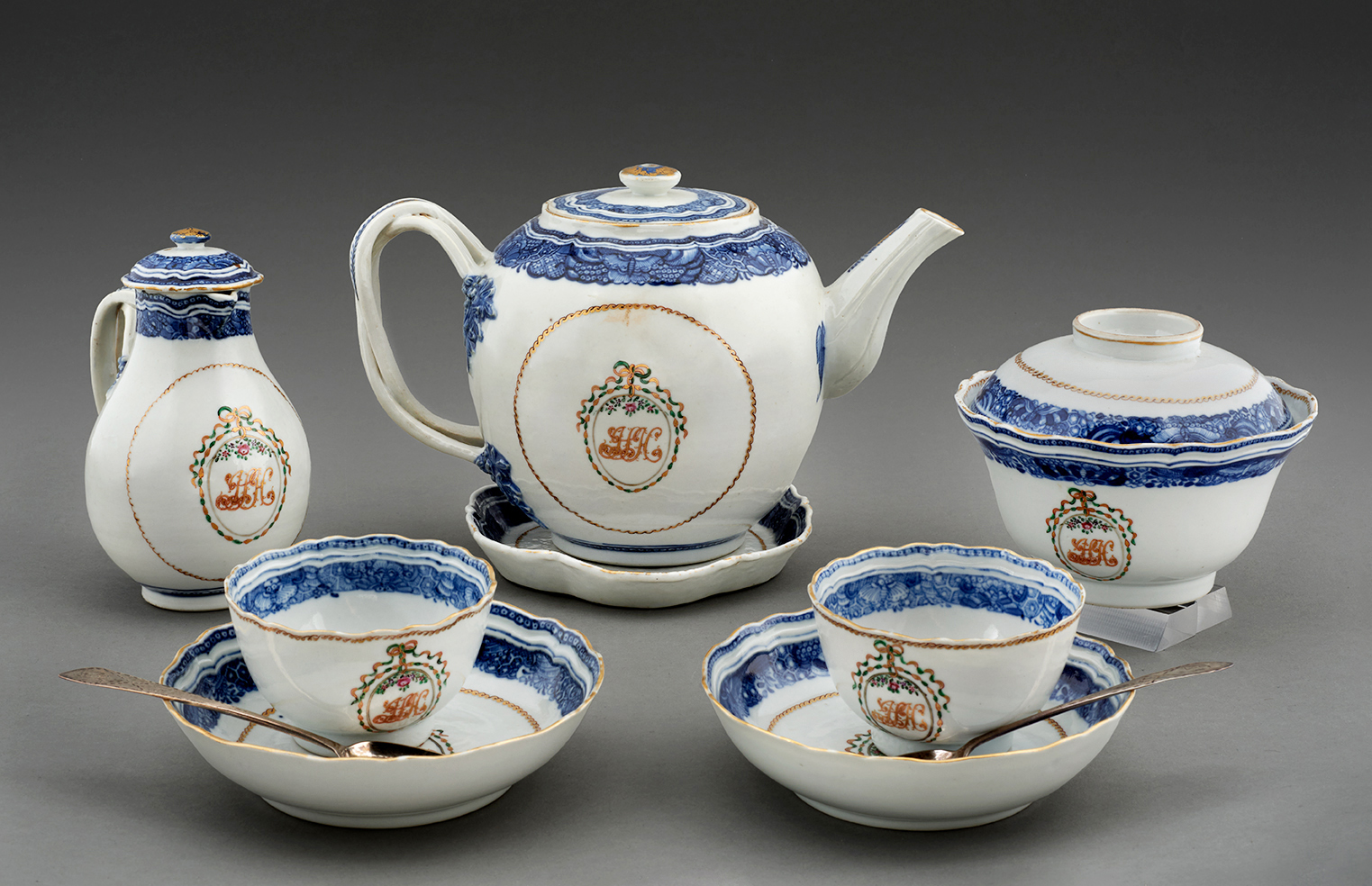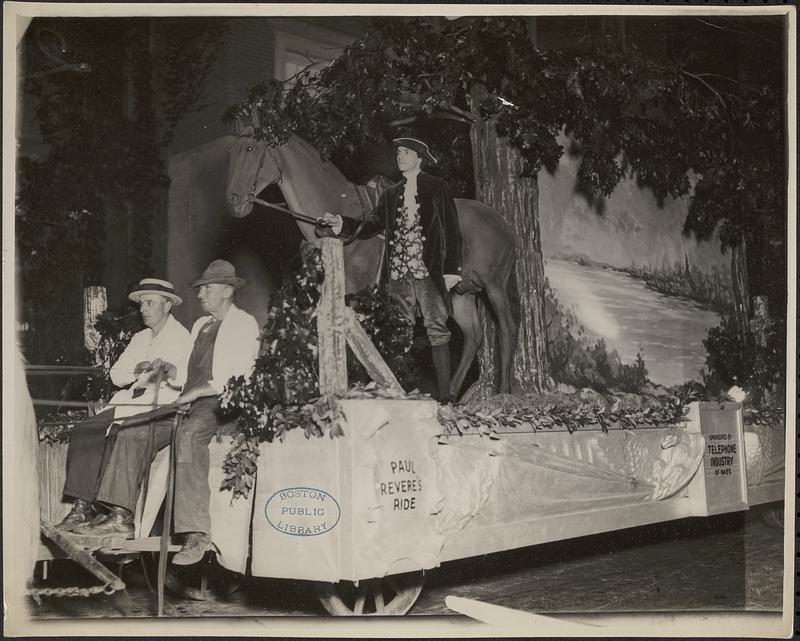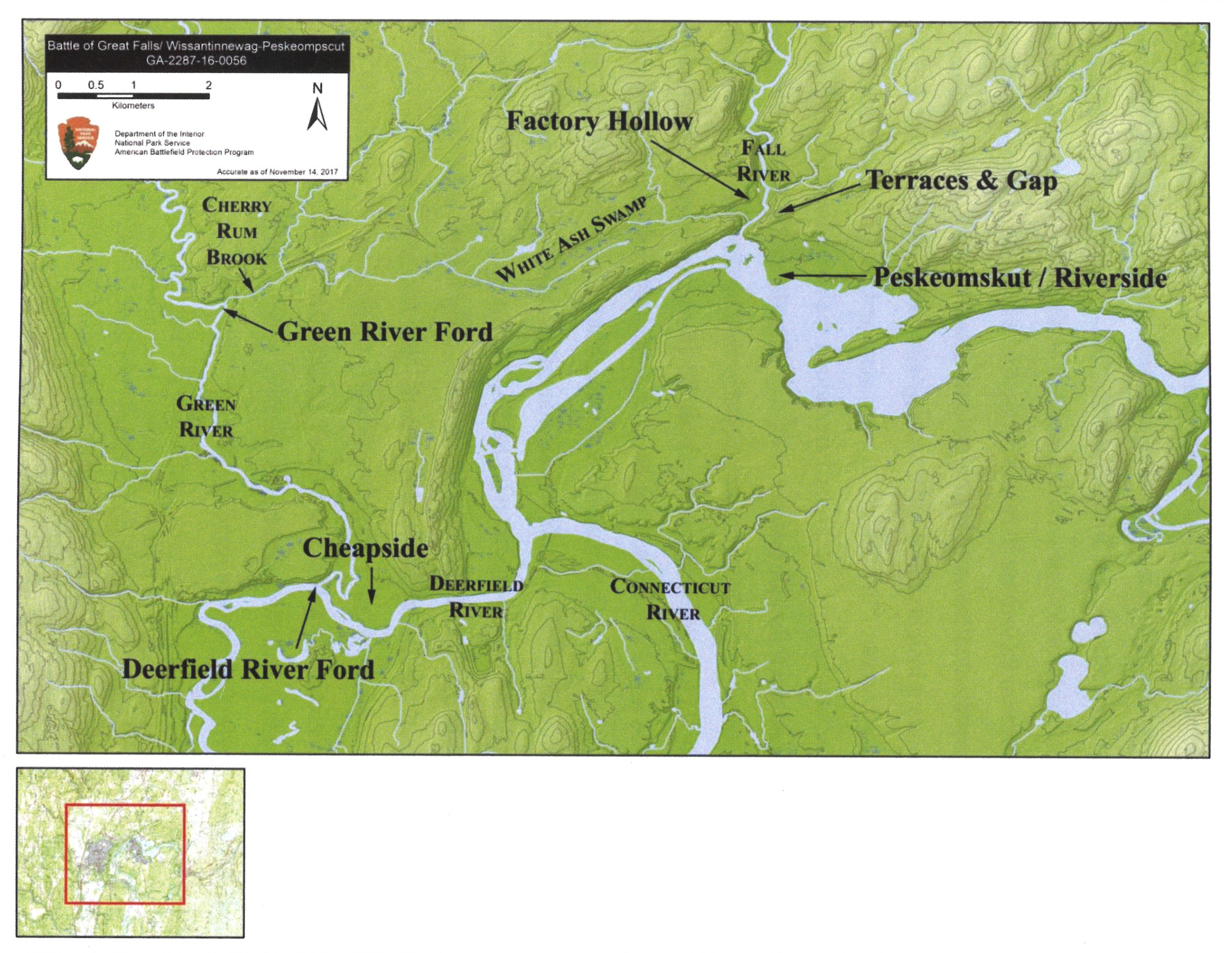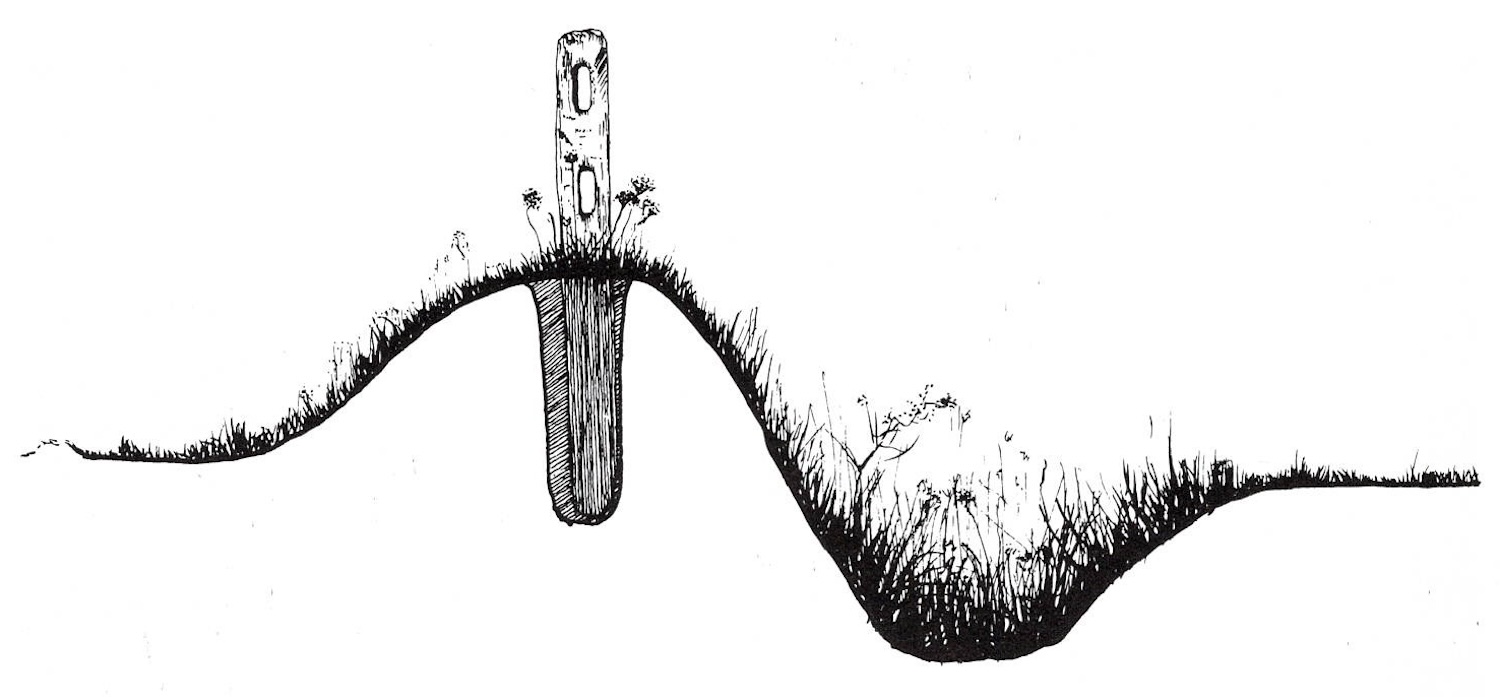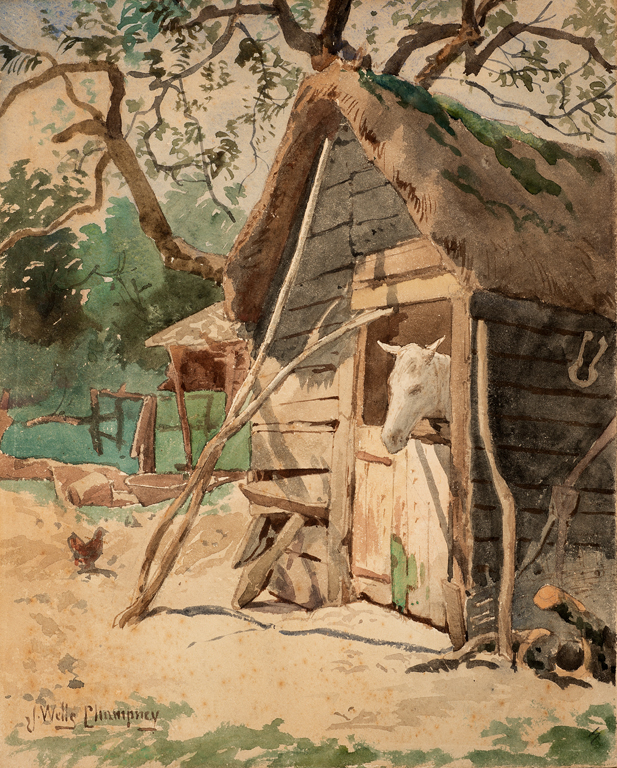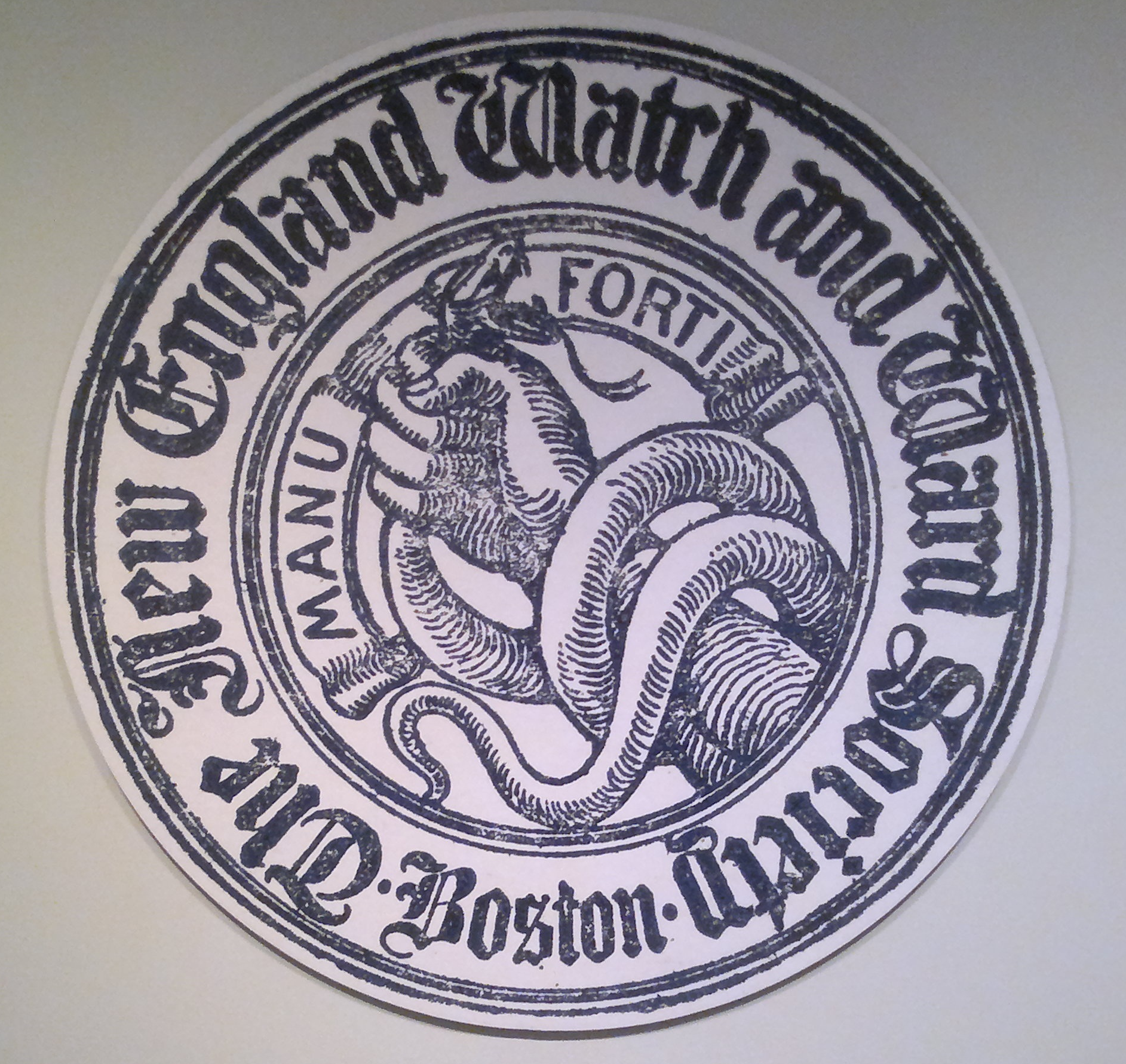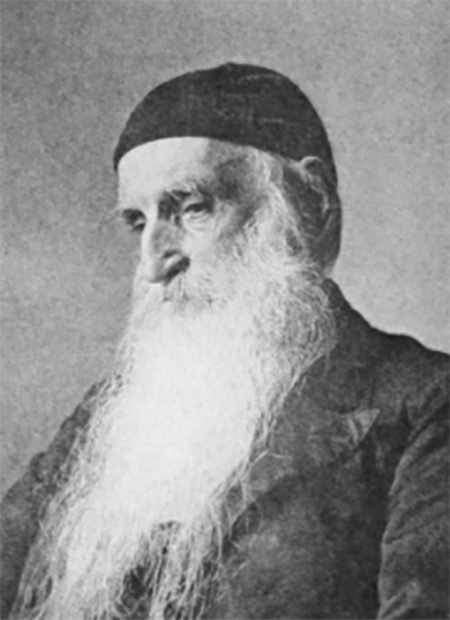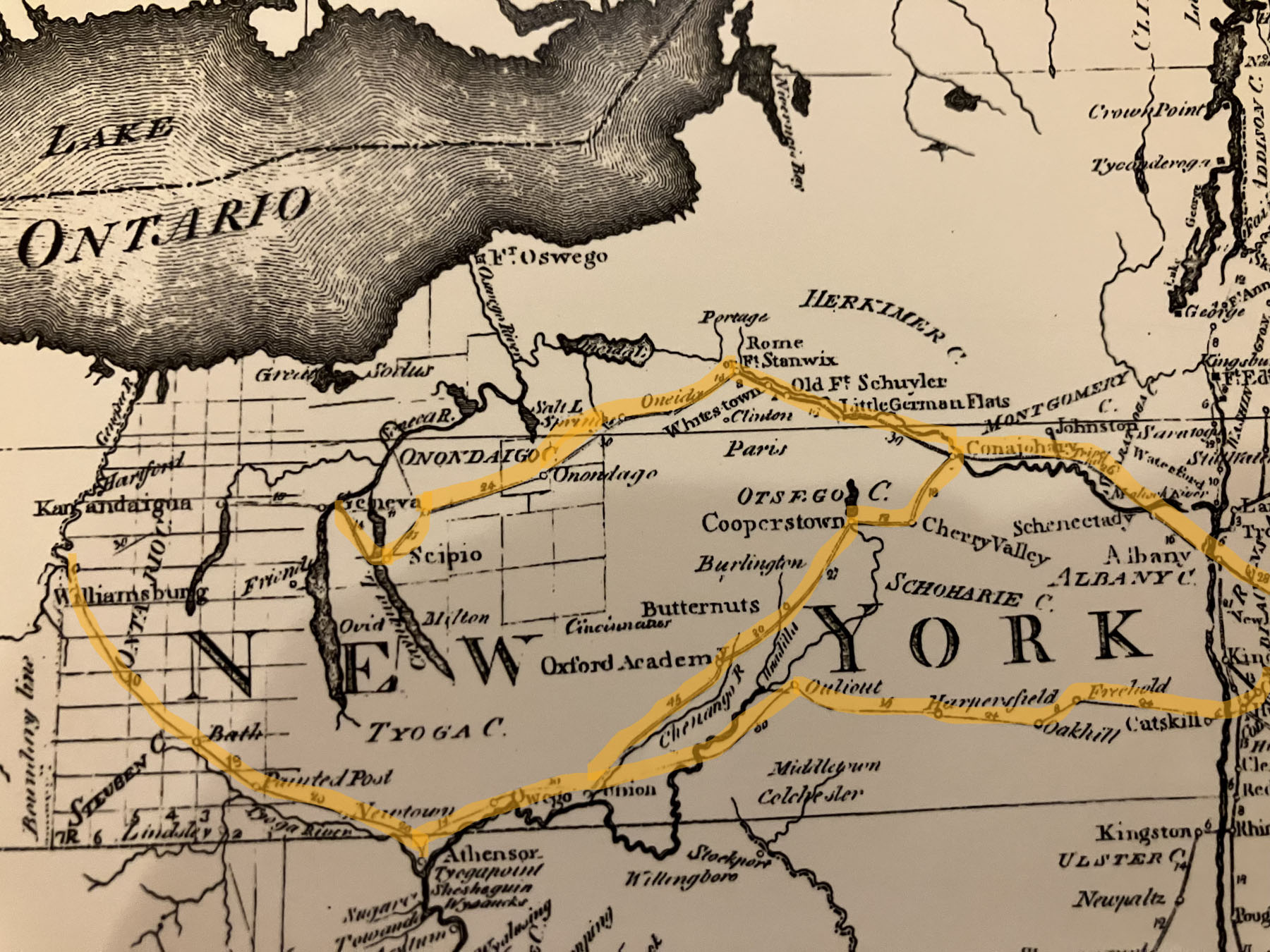This one-day symposium aims to gather scholars and researchers who explore the nature of local, regional, and global networks in New England from the seventeenth to the twenty-first centuries.
The Village Broadside
The Blog of Historic Deerfield
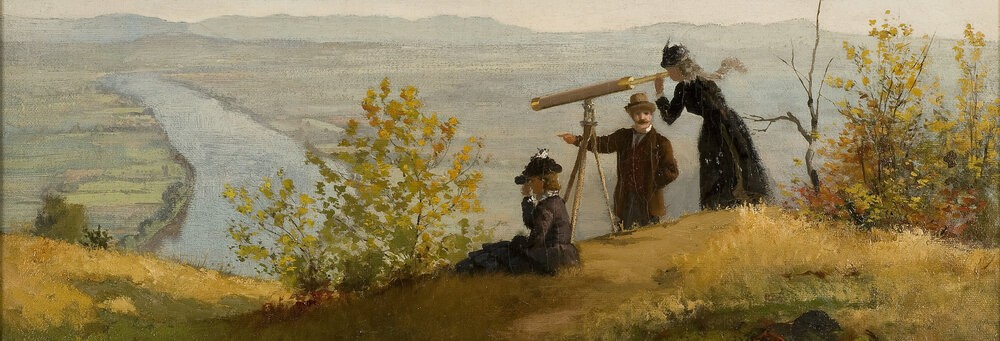
Call for Papers — 2026 Dublin Seminar for New England Folklife
In June 2026, the Dublin Seminar for New England Folklife will mark its 50th anniversary by looking both backwards and ahead. As this year’s seminar looks forward to its own future, we will contemplate ways residents of the region have envisioned, foretold, and worked to shape various futures over the region’s long history.
Restoring the Sheldon Shed, 2024–2025
Last year, a major restoration project at Historic Deerfield ensured the continued preservation of an important agricultural building on our campus. The Sheldon Shed is the sole surviving structure from a larger barn complex that was built over the course of a century behind the Sheldon House.
GALLERY: Fall Foliage 2025
Despite predictions of a muted foliage season, we have seen some striking colors here in the village this fall! Take in the rich shades of gold, crimson, and amber—juxtaposed against bright blue skies—in this photo gallery.
Call for Proposals — 350th Anniversary of King Philip’s War/Metacom’s Rebellion
Historic Deerfield is hosting a one-day conference next year to commemorate the 350th anniversary of King Philip’s War/Metacom’s Rebellion, with the goals of helping a broad audience learn more about the causes, course, and effects of the conflict, as well as fostering additional discussions and further research.
Calvin T. Swan and Northfield’s Nineteenth-Century Methodist Mountain Community
One history, which I have been researching for my masters thesis, pertains to the story of Northfield’s nineteenth-century Methodist Crag Mountain Community and its most prominent resident, a free Black carpenter named Calvin Swan.
GALLERY: Wooly Wonders 2025
Our third annual “Wooly Wonders” heritage breed sheep weekend took place May 3-4, 2025. Visitors learned about rare heritage breed sheep, watched sheepdog herding, and got to see demonstrations of hand-shearing, dyeing, spinning, and more!
Justin Hitchcock and Sacred Music in Early Deerfield
I was the lucky recipient of a Memorial Libraries Research Fellowship to study the musical activities of Deerfield resident Justin Hitchcock (1752–1822). Over seven three-day weeks in the halcyon Fall of 2024, I immersed myself in Hitchcockiana.
Putting One’s Best Face Forward: The Evolution of William Salmon’s Likeness
Depicting a book’s author has a long history; the first printed book to include a portrait appeared in Milan, Italy in 1479.
Call for Papers — Fashioning the Body: Dress in New England, 1600–1900
In conjunction with a new exhibition, Body by Design: Fashionable Silhouettes from the Ideal to the Real, opening May 3, 2025, Historic Deerfield will organize a Fall Forum, “Fashioning the Body: Dress in New England 1600–1900,” that aims to examine men’s and women’s fashion through a specific New England lens by convening a group of experts in the field to explore the rich history of dressing the body in this region. Paper submissions are due May 3, 2025.
An Invitation to James Wells Champney’s Studio
Known today as one of Deerfield’s most important resident 19th-century artists, Champney split his time between the New England town and New York City. In 1879, he opened a studio in New York, first at 337 Fourth Avenue and then later moving to 96 Fifth Avenue (near Union Square). While Deerfield served as a space to engage with 18th-century material culture and the colonial past, New York offered Champney greater exhibition opportunities. When working in the city, he immersed himself in numerous art clubs, societies, and associations.
Spilling the Tea: Loyalism and Tea-Drinking in Revolutionary Deerfield
As was the case with many cities and towns throughout the North American colonies, political, economic, and ideological differences divided Deerfield during the American Revolution. It is estimated that one-fifth of the colonial population in British North America supported England during the war, though several colonists relaxed their loyalist leanings as military conflict progressed.
Call for Papers — 2025 Dublin Seminar for New England Folklife
The Dublin Seminar for New England Folklife is pleased to announce the subject of its 2025 gathering, Recalling the Revolution in New England, to be held June 27–28 at Historic Deerfield. The conference keynote will be provided by Dr. Zara Anishanslin of the University of Delaware, author of the forthcoming book The Painter’s Fire: A Forgotten History of the Artists who Championed the American Revolution.
What Really Happened at the 1676 Falls Fight?
On the dark and threatening night of May 18, 1676, Captains William Turner and Samuel Holyoke set out from Hatfield and Northampton with roughly 150 men, mostly young farmers from the Connecticut River Valley. They headed north through the burned-down town of Pocumtuck, the village now known as Deerfield. They were headed for the falls at Peskeompskut, sometimes known as Deerfield Falls. Turner, at 63, was sickly and feeble after spending 5 years in a Puritan prison for being a Baptist. He had asked to be relieved of this command. Massachusetts Bay Colony refused. He didn’t know, but likely suspected, that he was to meet his destiny the following day.
Investigating An Embroidered Waistcoat
A waistcoat in Historic Deerfield’s collection is just one of over 8,000 items that comprise the museum’s collection of textiles and historic fabrics. The waistcoat is made of a cream silk, decorated with Chinese embroidery of plants and a variety of birds. The designs on these incredibly fine embroideries were often inspired by real plants and animals, such as the Ring-necked Pheasant and the Persian silk tree. However, on the whole these flora and fauna are decorative, not scientific, and like their European painted counterparts they tend towards being composites of various plants or several species of bird at once.
Deerfield Common Field Fence
One of the most remarkable historic features of Deerfield, Massachusetts is the survival of the common fields on the meadows surrounding the original English village. The Meadows’ fertility has served the needs of human occupants for thousands of years, although the strategies for planting and harvesting changed as English settlers occupied the raised terraces on the eastern and western sides of the Meadows.
Keeping Your Cool: The Impact of Clothing on the Body in Late 18th-Century Summers
When days get steamy, many of us in the modern era have a set routine. We may turn our air conditioning units to maximum cold, go swimming, or wear the lightest amount of clothing possible while still being acceptable. However, these techniques were either impossible or inappropriate in the late 1700s. Does this mean that people suffered through their farm work under many layers of fabric? For my summer project as an intern with the Historic Deerfield Museum Education department, I set out to investigate this issue.
Banned in Boston: Histories of Artistic Censorship in New England
We invite papers that explore the contours of artistic censorship in New England from the 17th to the 21st centuries. We are interested in a broad range of papers that address both the activities of censors — their philosophical and intellectual foundations, acquisition of power, strategies of implementation — and reactions to censorship by individuals or groups in the form of public protest, legal remedies, legislative change, or education/marketing campaigns.
American Presidential Politics and Deerfield Historian George Sheldon
In 1896, Deerfield historian George Sheldon (1818–1916), while reflecting on the hyper-partisanship noted in Deerfield resident David Hoyt, Jr.’s letters of an earlier time, wryly commented, “Before me lies a letter written in one of those periods, familiar to old men: ‘A crisis in the affairs of the country.’ We smile as we read the customary statement that, ‘on the result of this election, as on that of no other since the government was founded, does the life of the nation depend.’”
Go West Young Man, Go West
In 1805, after eight years as a Deerfield tavernkeeper, Erastus Barnard, his wife Sally, and their three small children moved to Canandaigua, New York. What prompted this long-distance move and how did he gain enough confidence to do this? The answers lie in the flow of information to and from the Connecticut River Valley via personal communions and letters and newspapers through the new United States Postal System.
